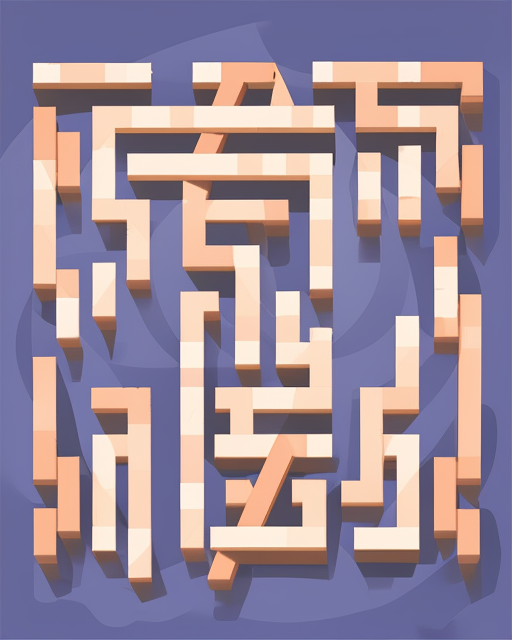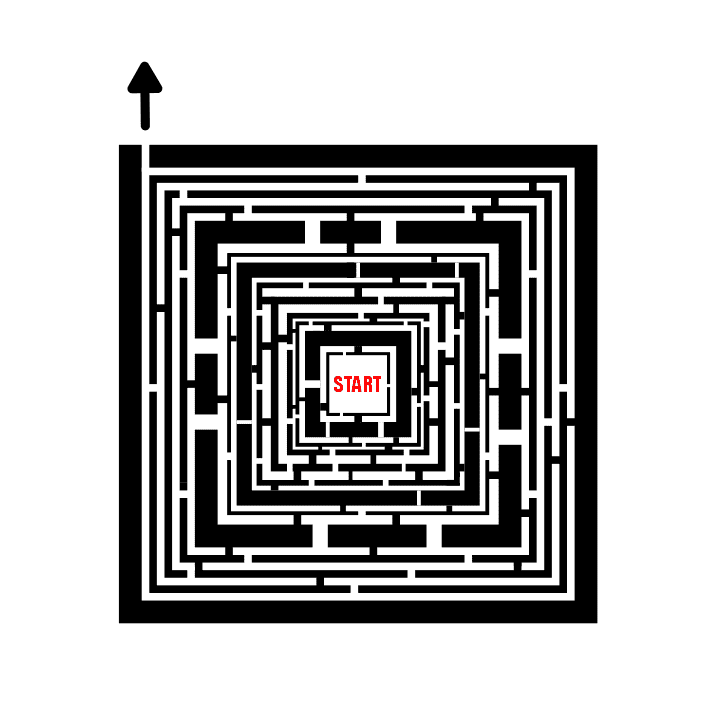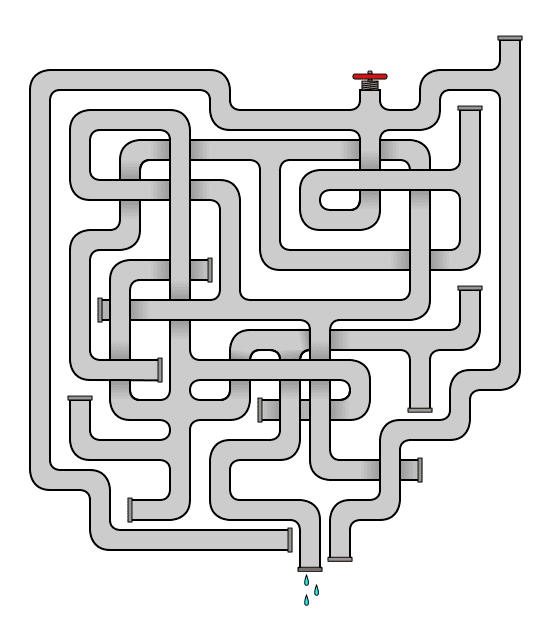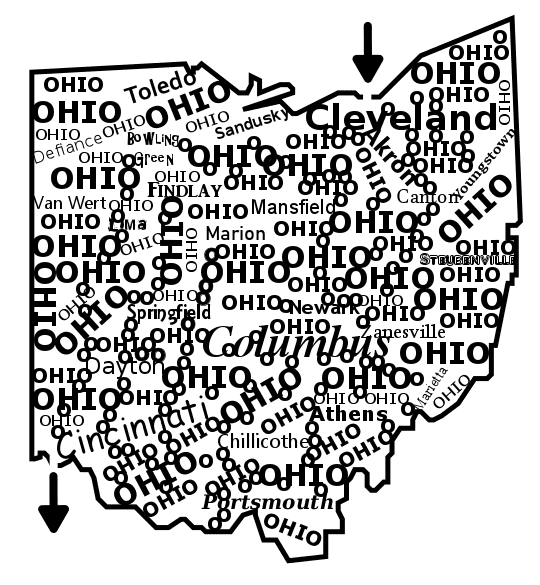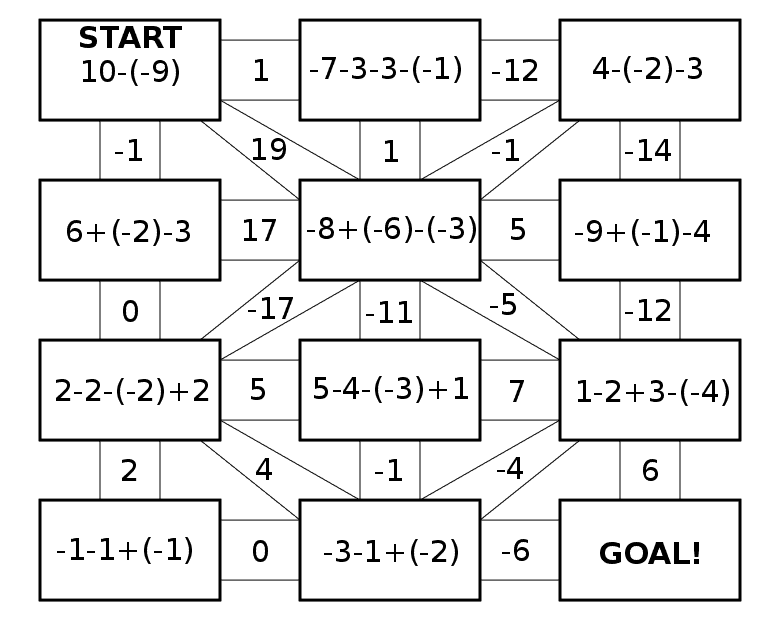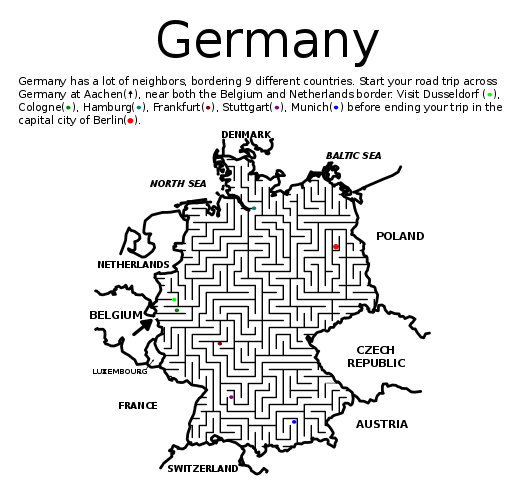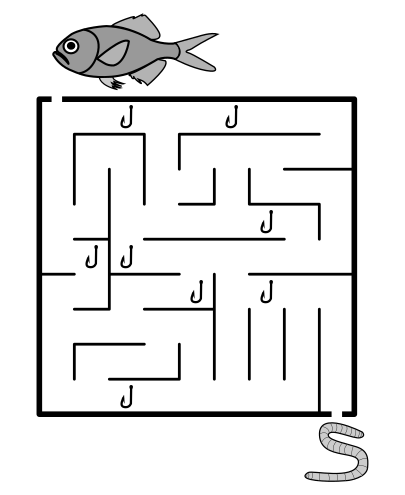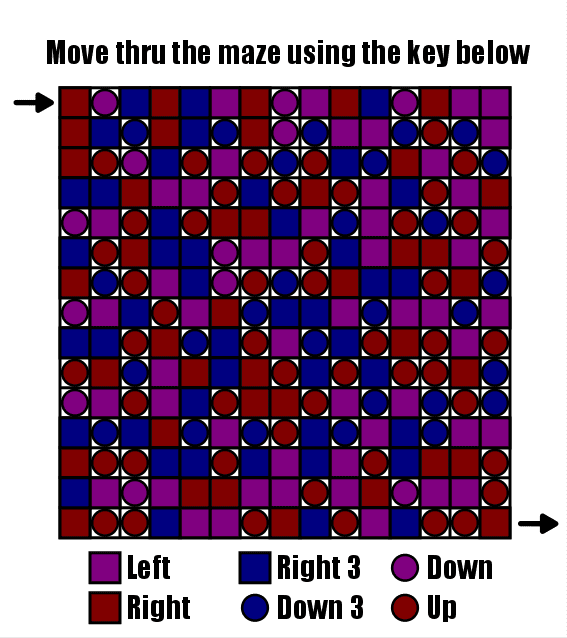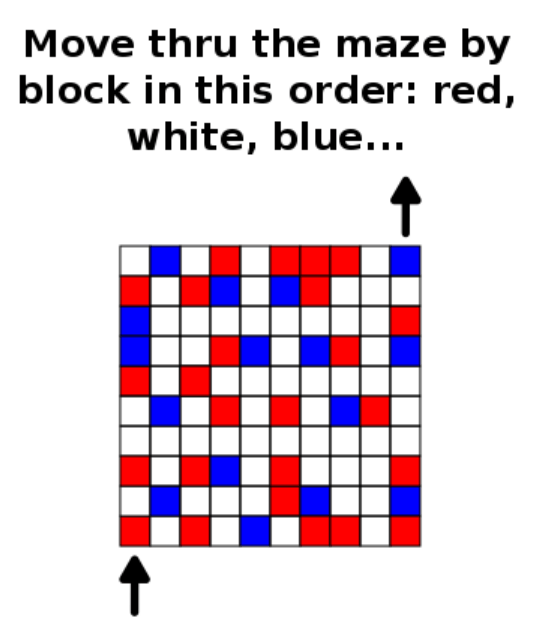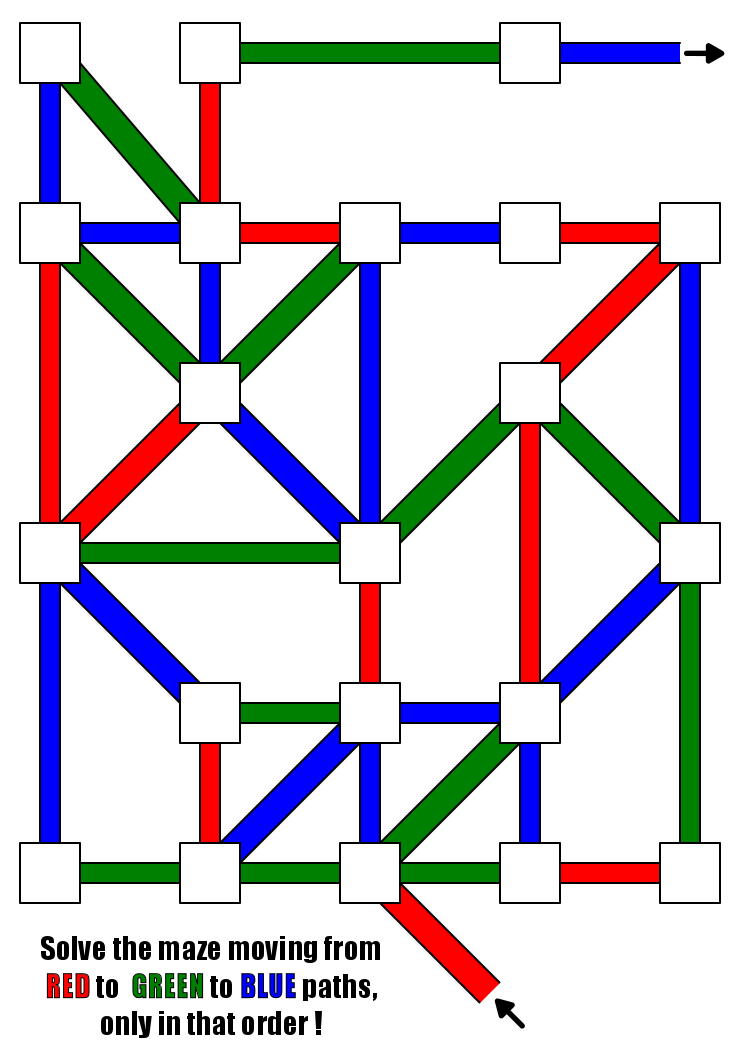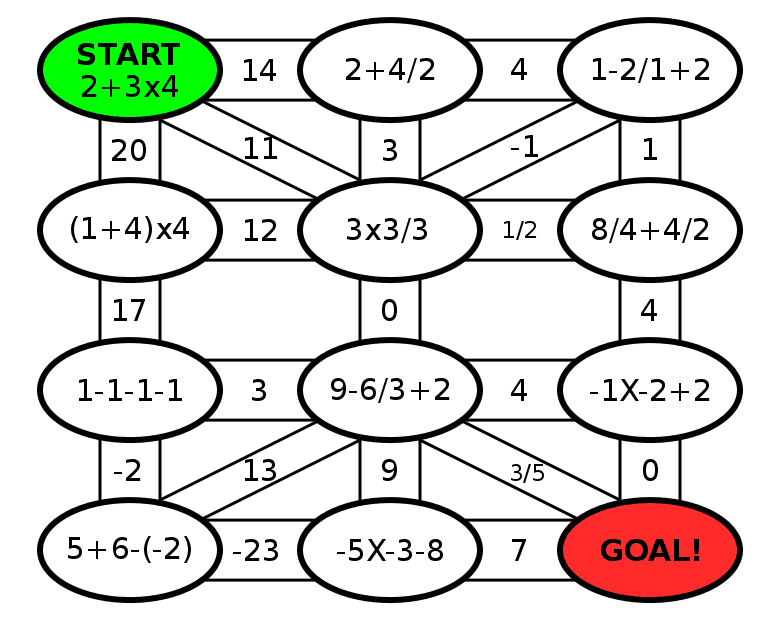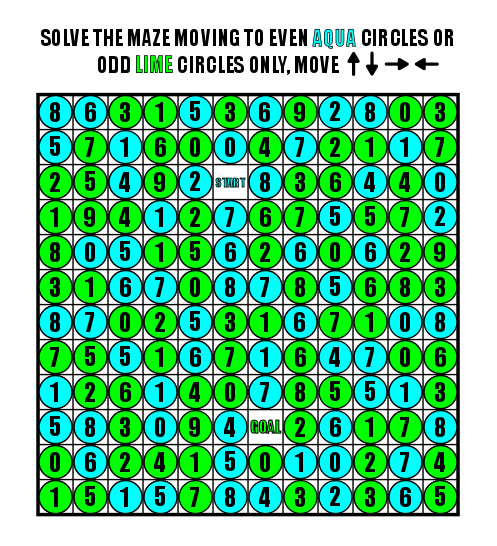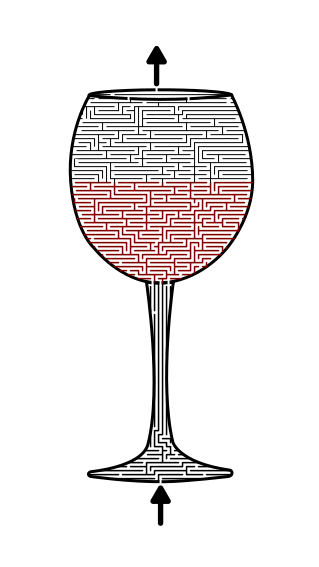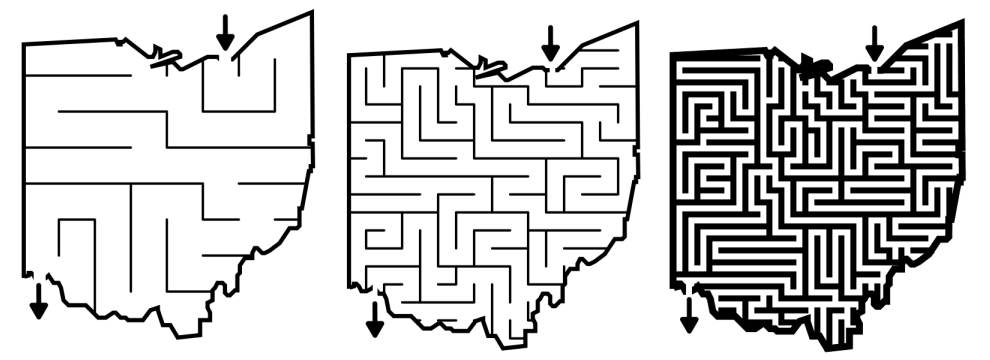I was doing some exploring as I wrote a series of articles on the use of AI and creating mazes and found a paper from July 2007 on Image-Guided Maze Construction. The authors were Jie Xu and Craig S Kaplan from the University of Waterloo. Basically they looked into creating maze art using algorithms and computer graphics. They did a wonderful 25 minute video explaining the concept which is worth watching. You can find the paper and the original video at this link.
What does the paper say ?
The paper "Image-Guided Maze Construction" by Jie Xu and Craig S. Kaplan presents a technique for automatically synthesizing pictorial mazes from images. The system allows the designer to manually partition an image into a set of regions and assign style parameters to each region. They are also able to sketch a schematic layout for the maze's solution path. The final maze will contain intertwined passages in each region, connected together by breaking walls between regions.
The paper describes four different maze textures: directional mazes, spiral mazes, random mazes, and user-defined lines. Each texture is controlled by specialized parameters. The paper also describes an algorithm for building mazes that respect the layout of a given solution tree.
The system has been implemented as an interactive application. The paper presents several examples of mazes generated by the system, including mazes based on photographs of the Great Wall of China, a portrait, and a discus thrower.
So why do I bring this to your attention so many years later ?
Well because of these 3 blog posts I wrote:
And when you combine the ideas of those 3 posts with this research paper and I come to the following conclusion: AI will be reading things like this paper and will be making great mazes soon. I can image someone like these authors working with AI and teaching it to make maze art relatively quickly IF they want to take the time to do it. Will it change what this site looks like ? Only time will tell. Maybe it becomes the typewriter in the year 2000. Let’s hope not !
Side note: I used Starryai to generate the picture for this blog using this prompt:
Make me a logo for a blog post titled Image-Guided Maze Construction paper. This is what it came up with.

